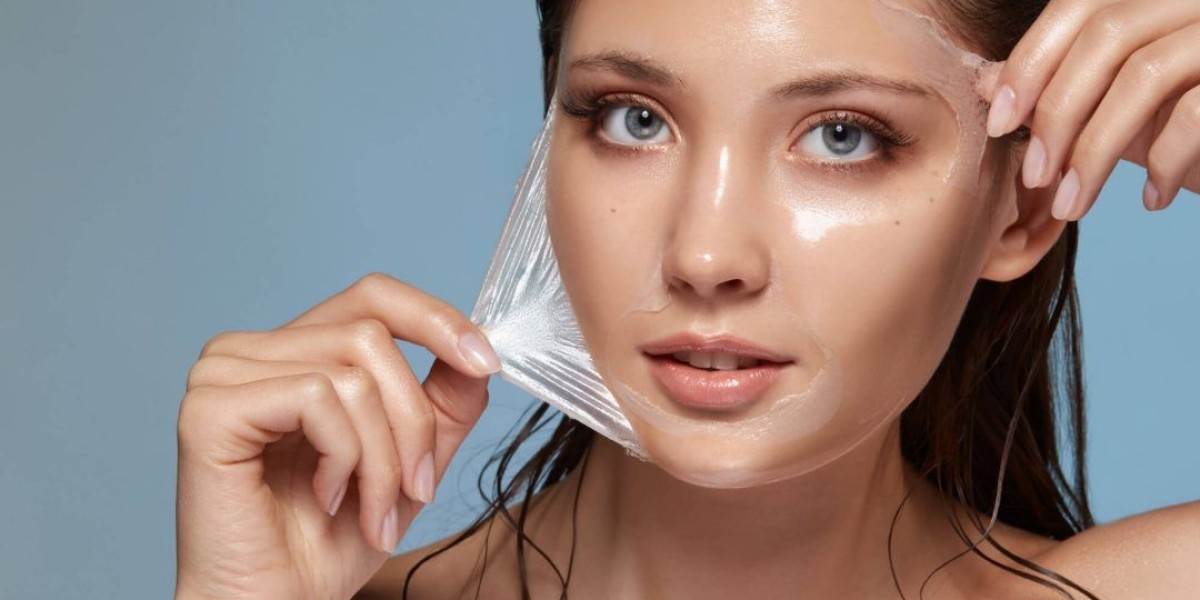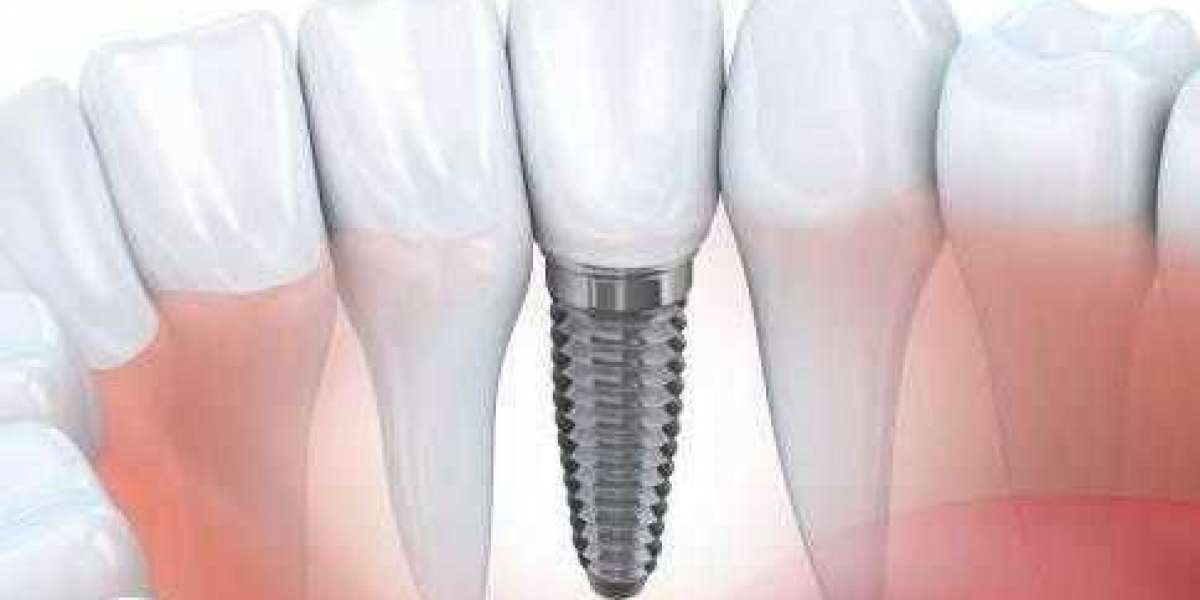Introduction
Acne, a common skin condition that often plagues teenagers and adults alike, can be a source of frustration, embarrassment, and discomfort. While facial acne tends to receive the most attention, body acne can be equally troublesome and challenging to treat. Fortunately, chemical peels have emerged as a viable solution for addressing body acne, providing a promising path to clear up troubled skin. In this article, we will delve into the world of chemical peels, exploring their effectiveness in treating body acne, the different types of Chemical Peels in Abu Dhabi available, their benefits, and what you can expect from the treatment process.
Understanding Body Acne
Body acne, also known as bacne (when it appears on the back), chest acne, or shoulder acne, shares many similarities with facial acne. It occurs when hair follicles become clogged with oil, dead skin cells, and bacteria. The result is inflamed, often painful, and unsightly pimples, blackheads, and whiteheads on various parts of the body.
Several factors can contribute to the development of body acne, including:
Hormonal fluctuations: Changes in hormone levels, such as those occurring during puberty, menstruation, or pregnancy, can trigger increased oil production in the skin, leading to acne breakouts.
Sweating and friction: Excessive sweating, coupled with tight clothing that rubs against the skin, can create an environment conducive to acne development.
Poor hygiene: Inadequate cleansing, particularly after exercise or in hot, humid climates, can allow sweat, oil, and dirt to accumulate on the skin's surface, clogging pores.
Genetics: A family history of acne can make an individual more susceptible to developing body acne.
Medications: Certain medications, such as steroids or birth control pills, can disrupt hormonal balance and lead to acne as a side effect.
The Role of Chemical Peels
Chemical peels have long been recognized as effective treatments for various skin conditions, including acne. They work by applying a chemical solution to the skin, which exfoliates the outer layer, encouraging the growth of new, healthier skin cells. When it comes to body acne, chemical peels can provide several benefits:
Exfoliation: Chemical peels remove dead skin cells that can clog pores, reducing the risk of acne breakouts.
Reduced Inflammation: The exfoliating properties of chemical peels can help calm inflammation associated with acne, reducing redness and discomfort.
Unclogged Pores: By clearing out debris and oil from the pores, chemical peels prevent future acne eruptions.
Improved Skin Texture: Over time, chemical peels can lead to smoother, more even-toned skin.
Types of Chemical Peels for Body Acne
There are various types of chemical peels available, each with its own strengths and considerations. When treating body acne, dermatologists often recommend the following types:
Salicylic Acid Peels: Salicylic acid is a beta hydroxy acid (BHA) known for its ability to penetrate the oil within pores. It is effective in treating both acne and acne scars by unclogging pores and reducing inflammation. Salicylic acid peels are often used for body acne due to their compatibility with oily skin.
Glycolic Acid Peels: Glycolic acid, an alpha hydroxy acid (AHA), is renowned for its exfoliating properties. It helps remove dead skin cells, improve skin texture, and reduce acne breakouts. Glycolic acid peels are suitable for various skin types but may require multiple sessions for optimal results.
Lactic Acid Peels: Lactic acid is another AHA known for its gentle exfoliation and hydration properties. Lactic acid peels are ideal for individuals with sensitive skin or those looking to improve both acne and skin hydration.
TCA (Trichloroacetic Acid) Peels: TCA peels are a bit stronger and are often used for more severe cases of body acne. They can penetrate deeper into the skin, addressing not only acne but also acne scars and pigmentation issues.
The Treatment Process
Before undergoing a chemical peel for body acne, it's essential to consult with a board-certified dermatologist or skincare professional. They will assess your skin type, the severity of your acne, and your overall health to determine the most appropriate peel and treatment plan for you.
The treatment process typically involves the following steps:
Consultation: Your dermatologist will discuss your acne history, skin type, and treatment goals. They will also explain the procedure, including potential risks and expected outcomes.
Preparation: Depending on the type of chemical peel, you may need to prepare your skin by using specific skincare products for a few weeks before the treatment.
Application: During the procedure, the chemical solution is applied to the affected areas of your body. You may experience a mild tingling or burning sensation, which is normal and typically subsides quickly.
Duration: The duration of the peel may vary depending on the type and strength of the solution used. It typically takes 15-30 minutes.
Neutralization: After the appropriate time has passed, the peel is neutralized to stop the chemical reaction.
Recovery: You can expect some downtime, depending on the peel's depth. Your skin may peel, and you may experience redness and sensitivity for a few days to a week.
Post-Treatment Care: Your dermatologist will provide post-treatment instructions, which may include avoiding sun exposure, using specific skincare products, and attending follow-up appointments.
Expected Results and Considerations
The results of chemical peels for body acne can be remarkable, but they often require multiple sessions for optimal outcomes. Patients typically notice improvements in acne, skin texture, and overall complexion. However, it's essential to maintain good skincare practices and follow your dermatologist's recommendations to prevent future breakouts.
While chemical peels are generally safe when performed by trained professionals, there are some considerations to keep in mind:
Downtime: Depending on the type of peel, you may need to plan for some downtime as your skin heals. This may involve avoiding certain activities and makeup for a few days.
Sun Protection: After a chemical peel, your skin is more vulnerable to UV damage. It's crucial to use sunscreen daily and limit sun exposure to prevent pigmentation issues.
Potential Side Effects: Chemical peels can cause temporary redness, peeling, and skin sensitivity. In rare cases, there may be more severe side effects, such as scarring or infection.
Maintenance: To maintain the results of your chemical peel, you may need periodic treatments and a consistent skincare regimen.
Conclusion
Body acne can be a challenging condition to manage, but chemical peels offer a promising solution for those seeking clearer, smoother skin. By exfoliating the skin, reducing inflammation, and unclogging pores, chemical peels can effectively treat body acne and improve overall skin health. If you're considering this treatment option, consult with a qualified dermatologist to determine the best approach for your specific needs and enjoy the benefits of clearer, more confident skin.



